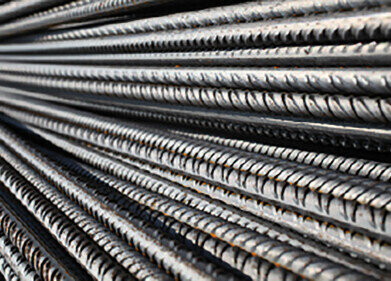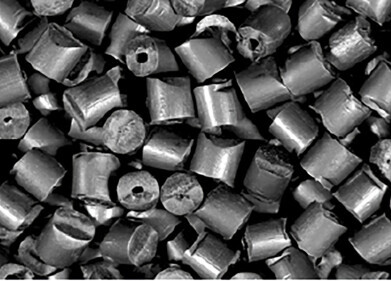Biofuel Industry News
What is a Reverse Fuel Cell?
Apr 30 2020
Researchers at the University of Toronto have pioneered an exciting new way to convert waste carbon into chemicals with a high resale value. The technology builds on the concept that fuel cells convert stored chemical energy into electricity, with researchers reversing the process to transform waste CO2 into chemicals. The new method is up to 10 times faster than previous attempts, making it a viable option for mass production.
"For decades, talented researchers have been developing systems that convert electricity into hydrogen and back again," says Ted Sargent, co-senior author of the paper and Professor at the Edward S. Rogers Sr. Department of Electrical and Computer Engineering. "Our innovation builds on that legacy, but by using carbon-based molecules, we can plug directly into existing hydrocarbon infrastructure."
Breaking down fuel cell mechanics
Working from the Faculty of Applied Science & Engineering, the team broke down the concept of hydrogen fuel cells, which use hydrogen gas (H2) and oxygen gas (O2) to spark a chemical reaction and generate electrical energy. To reverse the process and transform CO2 into usable chemicals the team designed an electolyzer, a device that uses an electrical current to split water molecules into hydrogen (H2) and oxygen (O2).
Ethylene, a hydrocarbon commonly used in the chemical industry, is one of the main products created with the new reverse fuel cell technology. The findings were published in the journal Science, with co-researcher and PhD candidate Joshua Wicks saying the potential to create ethylene from waste CO2 is groundbreaking.
"Ethylene is one of the most widely produced chemicals in the world," says Wicks. "It's used to make everything from antifreeze to lawn furniture. Today it is derived from fossil fuels, but if we could instead make it by upgrading waste CO2, it would provide a new economic incentive for capturing carbon."
Pioneering a copper-based catalyst
To speed up the reaction, the team used a copper-based catalyst to deliver electrons. While catalysts are usually flat metal sheets, the new technique relied on small particles set in a layer of Nafion, a polymer with ionic properties. In fuel cells Nafion is embedded in the reactor and used to move positively charged hydrogen ions around. By using Nafion in an electrolyzer, the team were able to speed up the rate of the reaction and efficiently transport CO2 and convert it to ethylene.
"In our experiments, we discovered that a certain arrangement of Nafion can facilitate the transport of gases such as CO2," says postdoctoral fellow F. Pelayo García de Arquer. "Our design enables gas reactants to reach the catalyst surface fast enough and in a sufficiently distributed manner to significantly increase the rate of reaction."
Want to know more? To stay up to the minute with all the latest industry trends and developments, don't miss 'Attend ASTM International Meetings Express your Views!' which spotlights trending issues like climate planning and the COVID-19 pandemic.
Digital Edition
PIN 25.1 Feb/March
March 2024
In This Edition Safety - The technology behind the ION Science Tiger XT - Safety with ammonia and LOHCs as hydrogen carriers Analytical Instrumentation - Discussion on new tribology te...
View all digital editions
Events
Apr 28 2024 Montreal, Quebec, Canada
Apr 30 2024 Birmingham, UK
May 03 2024 Seoul, South Korea
May 05 2024 Seville, Spain
May 06 2024 Riyadh, Saudi Arabia


















